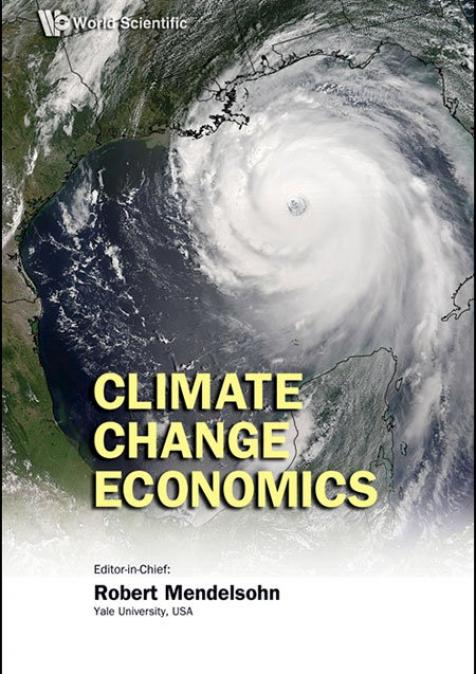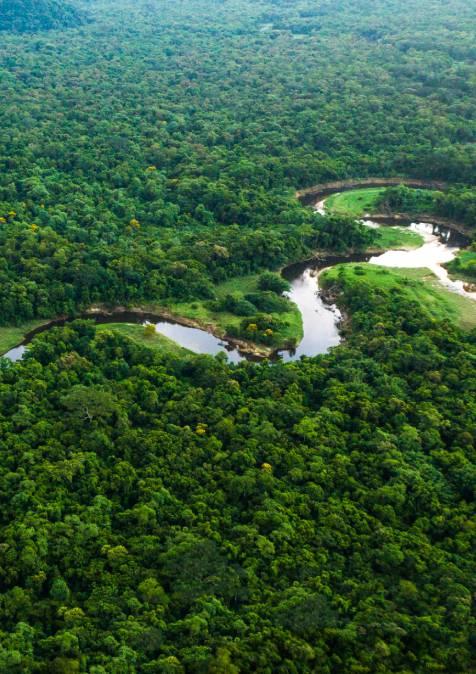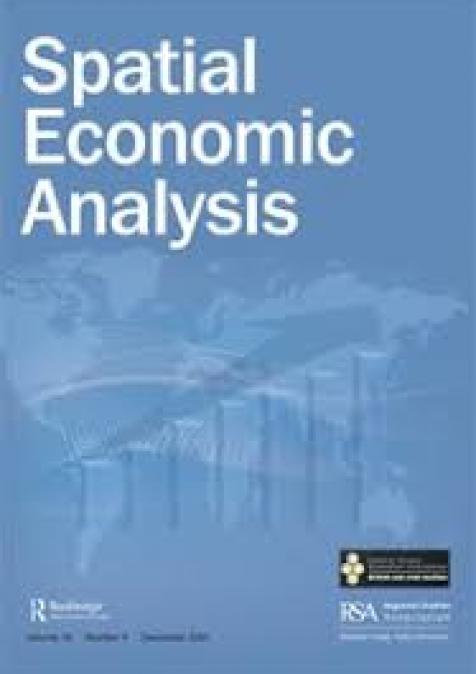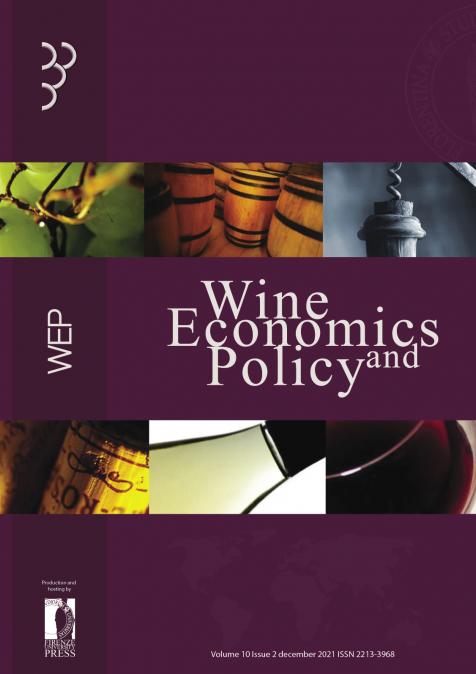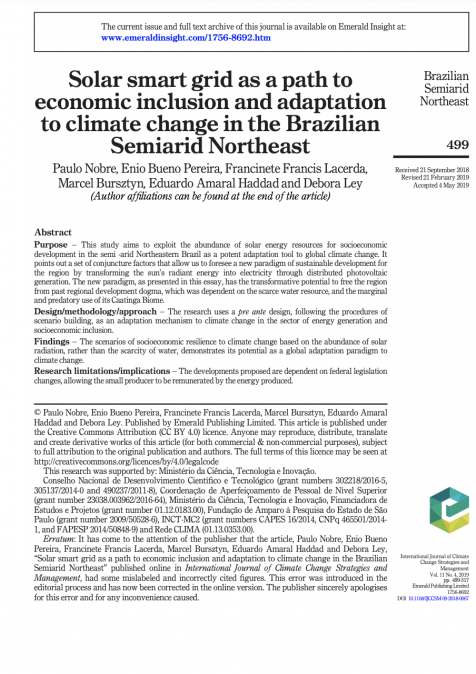Publications /
Paper in Academic Journals
This paper discusses the development of a computable general equilibrium (CGE) model with detailed specification for land use. The model considers two aspects of land use: land as a measure of production cost and land as a physical entity that can be used in a variety of ways. To analyze the economic effects of climate change, we integrated the CGE model and an econometric model. The results based on this model, which captures how land allocation responds to changes in temperature and precipitation, are introduced as elasticities in the CGE model to offset the demand curve for land among 13 different land uses in 27 regions of Brazil. The simulations are based on climate data from a benchmark period (1975–2005) and Intergovernmental Panel on Climate Change climate projection scenarios for the periods 2010–2039, 2040–2069, and 2070–2099. The results predict negative changes in real gross domestic product ranging from −0.0054% to −0.0198%, depending on the scenario.

